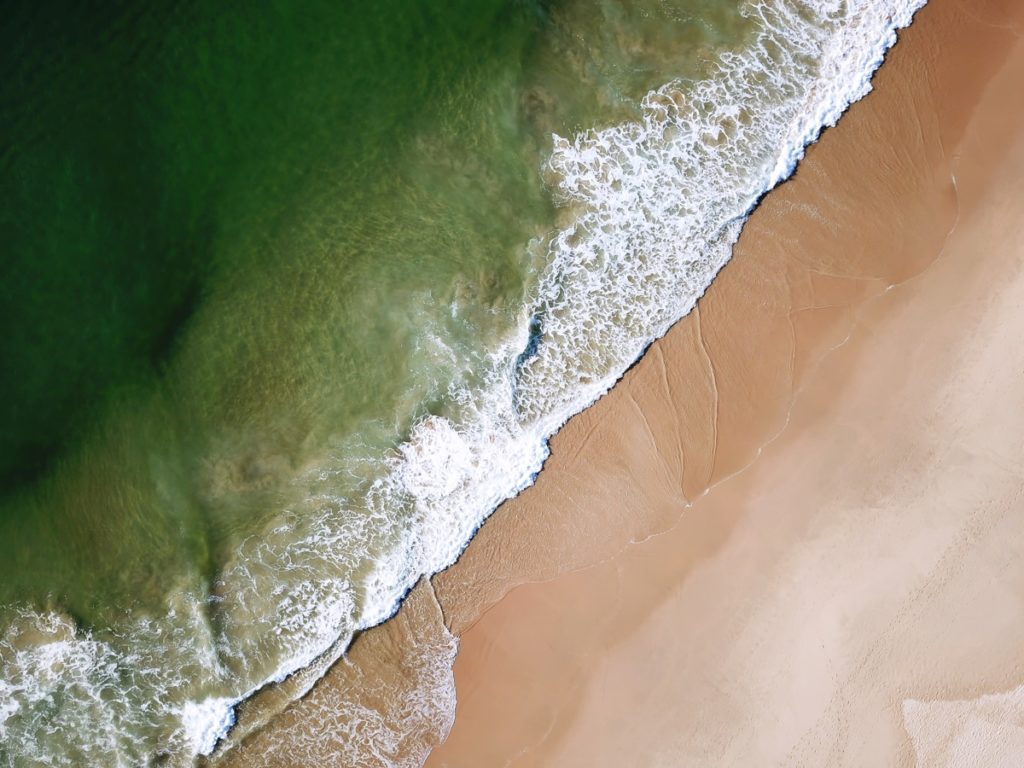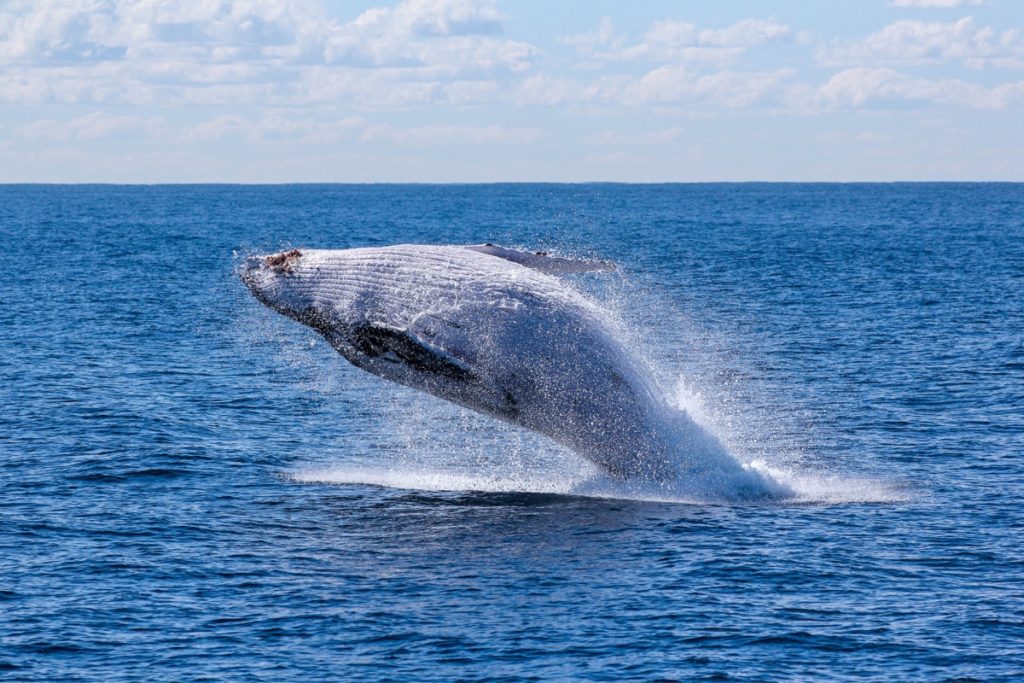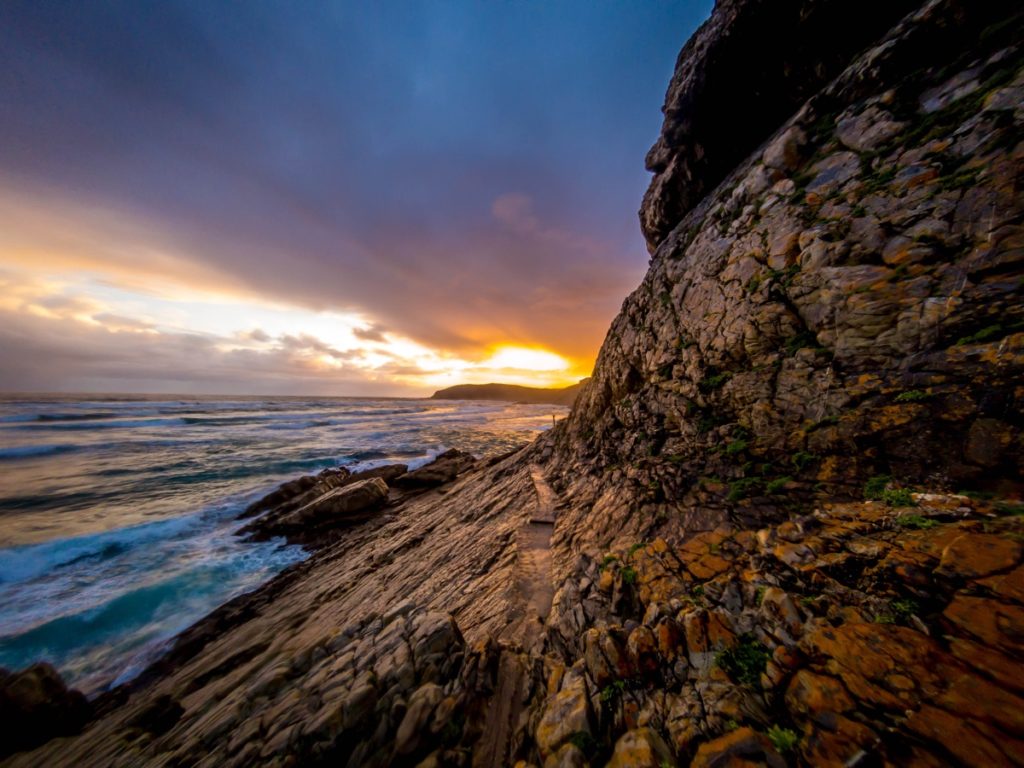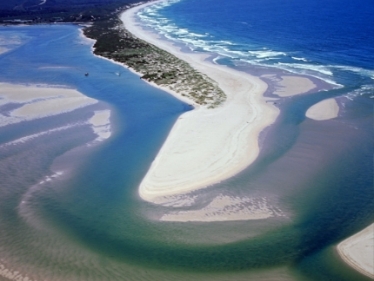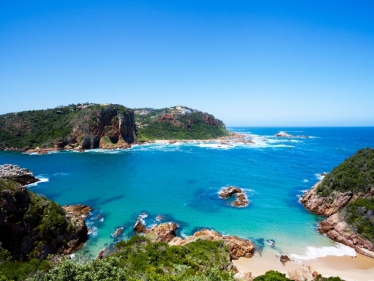Plettenberg Bay
Plettenberg Bay, Garden Route: Plettenberg Bay is characterised by unspoilt golden beaches, a dramatic rocky peninsula, intriguing lagoons and estuaries, towering indigenous forests and fresh rivers and sea. More than a village Plettenberg Bay is accessible by first class national roads, by sea or by scheduled air flights. Plettenberg Bay is renowned for its teeming bird life, vast expanses of Cape flora, its wetlands and lagoons, gigantic trees and a bay large enough to harbour great whales. With its exceptional climate, and beautiful view sites over the Indian Ocean, Plettenberg Bay is perfect for tourists interested in exploring, watching or just lazing.
Plettenberg Bay justly lays claim to the title of the South African whale watching capital. The southern right whales can be seen for the whole season and when they are getting ready to leave in early November, the humpback whales arrive with their calves, and stay until the end of December or early January. A truly memorable sight!
Dolphin and whale watching in Plett is accessible, organised and easy to arrange. There are whale watching boat trips, dolphin-watching kayak trips and a number of aircraft from which you can check out the whales from the air. Plettenberg Bay has made a huge effort to promote a responsible boat-based whale and dolphin watching programmes. Viewing distances and time spent with each animal are strictly monitored so that there is minimal interference.
Knysna
Knysna is a natural paradise of lush, indigenous forests, tranquil lakes and golden beaches. The village nestles on the banks of a beautiful lagoon, now a protected marine reserve that is home to the extraordinary sea horse and over 200 species of fish. Beaches, lakes, mountains and rivers provide endless opportunity for leisure and outdoor adventure. Within the town, craft shops, flea markets and cosy cafés beckon with small-town charm and hospitality. The area around Knysna is a veritable Garden of Eden. This is home to the only forest elephant in South Africa, the rare Pansy Shell, the brilliantly coloured, and elusive, Knysna Loerie, a plethora of waterfowl and forest birds, dolphins and visiting whales.
The indigenous forests in Knysna constitute the largest complex of closed-canopy forest in southern Africa, whilst the remarkable richness of the Fynbos vegetation contributes over 8000 plant species to the Cape floral kingdom. Exploring the Knysna forests along demarcated walks, listening to the occasional call of the Loerie provides an escape into the past when herds of elephants still trod these paths. Reading Dalene Matthee’s ‘Circles in a forest’ set in the Knysna forest, will greatly enrich your visit here. Today merely three elephants are still known roam the forest. The Knysna Elephant Park has brought the elephants back to Knysna, all the elephants are former orphans rescued from culling operations in the Kruger Park, except for Thandi who was born in the park.
A visit to Knysna would be incomplete without a trip to the heads – a striking geological feature made up of a pair of huge, brightly coloured cliffs lying at the mouth of the lagoon, flanking a channel of potentially treacherous water that flows into Knysna’s lagoon. The eastern head houses a lookout with spectacular views of the lagoon, Leisure Isle and Knysna whilst the western head is a privately owned nature reserve called Featherbed Bay. Visitors can get to the reserve via ferry.
